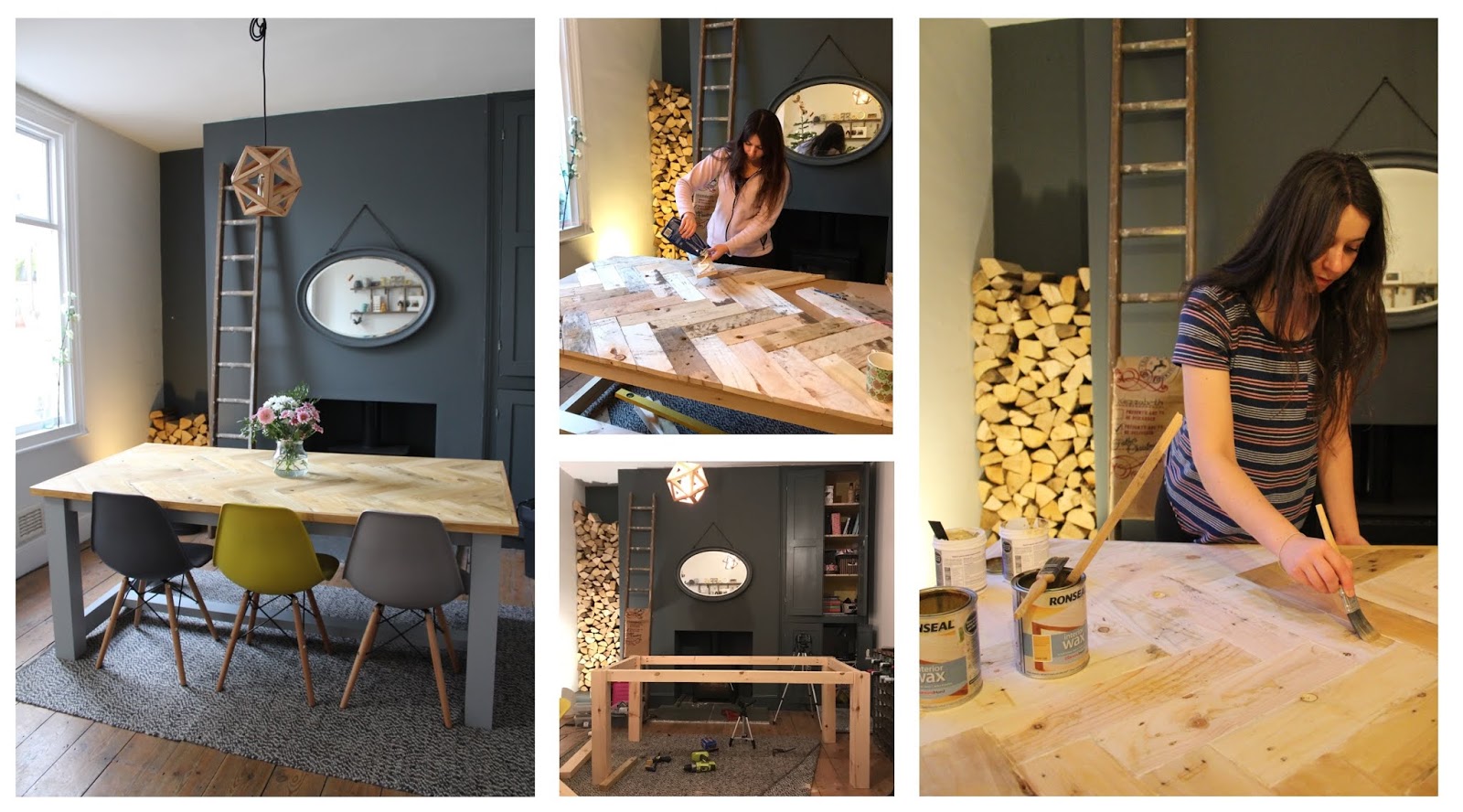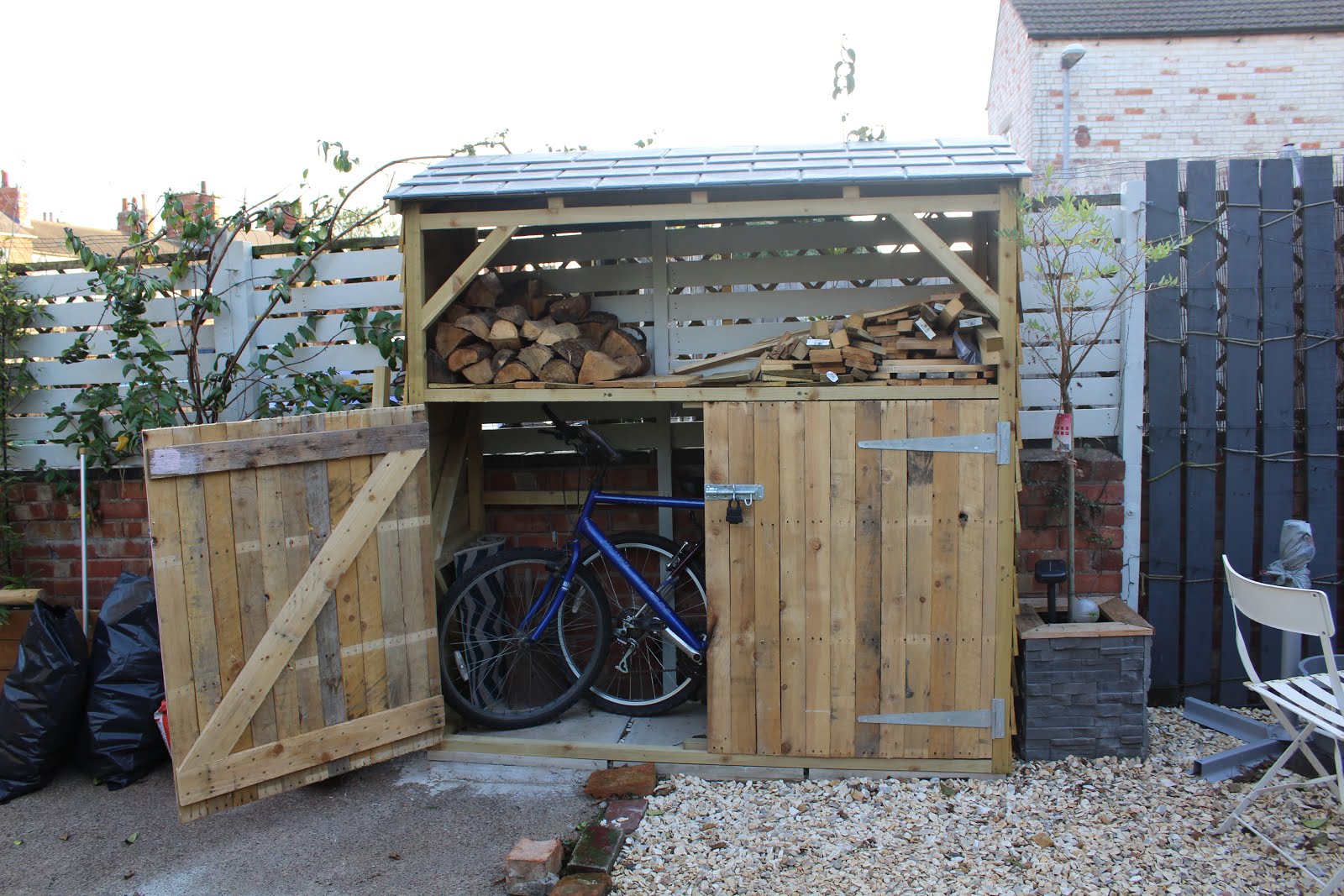So, to cover up that giant hole we needed to plasterboard everything we’d just removed. I know, pain in the butt! I used the dot and dab technique with a few screws into wall plugs at the corners of the board, and a few more screws to secure it to the length of wood too. It was actually quite awkward to do because the newer bricks were more set back than the rest, so we had to work out where we needed thicker adhesive to sort-of bridge that gap to make the whole thing level and properly stuck. I ended up throwing away the first piece of plasterboard after having a bit of a fight with it. But second time round, it went much better.
I then filled any edges with an undercoat plaster and cut a hole back out for the archway. And ta-da. It still needs plastering over, but we’ll do that along with some of the other plastering jobs in this room.
Total Costs
(rounded to the nearest pound)
New Tools Purchased:
None
Materials Used:
Plasterboard x2 (even though I binned one, boo!) £7
Dry-Wall adhesive £10
Undercoat Plaster free from previous jobs
Wood free from previous jobs
Screws £3









No Comments